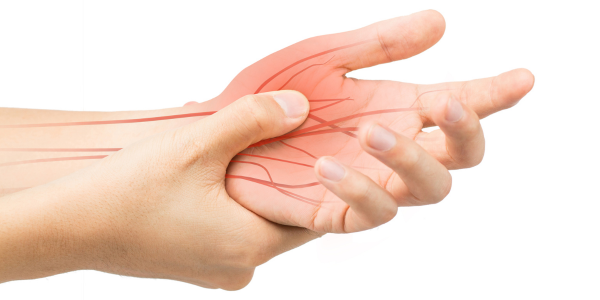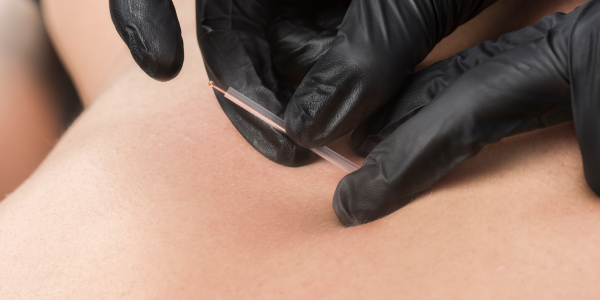3 Shoulder Injuries Problems
3 Common Shoulder Injuries Problems and How to Address Them
Shoulder injuries are among the most common musculoskeletal issues people experience, ranging from mild discomfort to severe limitations in movement. Whether you’re an athlete, an office worker, or someone who enjoys staying active, shoulder problems can interfere with daily life and activities. In this blog, we’ll explore 3 Shoulder Problem Injuries, their causes, and how physiotherapy can help treat them. If you’re experiencing any of these issues, keep in motion physio offers expert physiotherapy services to get you back on track.
-
Rotator Cuff Injuries
What is the Rotator Cuff?
The rotator cuff is a group of muscles and tendons that surround the shoulder joint. It plays a crucial role in stabilizing the shoulder and enabling a wide range of motion. The four muscles in the rotator cuff — supraspinatus, infraspinatus, teres minor, and subscapularis — help lift the arm and rotate it.
Common Causes of Rotator Cuff Injuries
Rotator cuff injuries are typically caused by overuse, trauma, or degeneration over time. Athletes involved in repetitive overhead activities, such as swimmers, tennis players, and baseball pitchers, are particularly at risk. Other causes include:
- Age-related wear and tear: As we age, tendons naturally lose elasticity and become more susceptible to tears.
- Poor posture: Chronic bad posture can lead to muscular imbalances, which place additional stress on the shoulder.
- Trauma: A sudden fall or accident can result in a rotator cuff tear.
Symptoms of Rotator Cuff Injuries
The symptoms of a rotator cuff injury can vary depending on the severity of the damage. Some common signs include:
- Pain while lifting the arm or reaching behind the back
- Weakness in the shoulder, making it difficult to perform everyday tasks
- A clicking or popping sound when moving the arm
- Pain that worsens at night, especially when lying on the affected side
Treatment for Rotator Cuff Injuries
For mild injuries, physiotherapy is often the first line of treatment. Physiotherapists can help with exercises to strengthen the shoulder muscles, improve posture, and restore movement. In more severe cases, where the injury involves a tear, a combination of physiotherapy and surgery may be recommended.
At Keep In Motion Physio, our physiotherapists tailor rehabilitation programs to address the specific needs of each individual. We also offer manual therapy, modalities like ultrasound, and dry needling for effective pain management.
-
Shoulder Impingement Syndrome
What is Shoulder Impingement Syndrome?
Shoulder impingement occurs when the tendons of the rotator cuff muscles become irritated or compressed as they pass through the narrow space beneath the acromion (the top part of the shoulder blade). This compression leads to pain, inflammation, and limited mobility.
Causes of Shoulder Impingement Syndrome
Shoulder impingement can result from several factors:
- Repetitive overhead motions: This is particularly common in sports like swimming, tennis, or baseball, where the arm is frequently raised above the head.
- Weak or imbalanced muscles: Weak rotator cuff muscles or tight shoulder muscles can limit movement and create pressure in the shoulder joint.
- Bone spurs: Over time, bony growths on the acromion can contribute to impingement by narrowing the space for the tendons.
- Postural issues: Rounded shoulders or forward head posture can alter the mechanics of the shoulder joint and increase the risk of impingement.
Symptoms of Shoulder Impingement
The primary symptom of shoulder impingement is pain, especially when lifting the arm or performing activities like reaching overhead or behind the back. Other symptoms may include:
- Weakness in the shoulder and upper arm
- A dull ache or sharp pain in the front or side of the shoulder
- Discomfort when sleeping on the affected side
Treatment for Shoulder Impingement Syndrome
Treatment for shoulder impingement typically involves rest, ice, and anti-inflammatory medications to reduce swelling and pain. Physiotherapy plays a crucial role in restoring shoulder function and preventing further injury. Specific exercises focus on strengthening the rotator cuff, improving scapular (shoulder blade) stability, and correcting posture.
At Keep In Motion Physio, our therapists use a combination of manual therapy, joint mobilizations, and customized strengthening exercises to address shoulder impingement. In cases of severe impingement, surgery may be necessary to remove bone spurs or repair damaged tendons.
-
Frozen Shoulder (Adhesive Capsulitis)
What is Frozen Shoulder?
Frozen shoulder, also known as adhesive capsulitis, is a condition that causes stiffness, pain, and limited range of motion in the shoulder joint. It often develops gradually and can be particularly frustrating because of its long duration. The exact cause is unknown, but it is believed to occur when the capsule (the connective tissue surrounding the shoulder joint) becomes thickened and tight, leading to a restriction in movement.
Causes of Frozen Shoulder
Frozen shoulder is most commonly seen in people between the ages of 40 and 60, and it can affect both men and women. Certain factors increase the risk, including:
- Diabetes: People with diabetes are more likely to develop frozen shoulder.
- Immobilization: Prolonged shoulder immobility, often due to surgery or injury, can trigger frozen shoulder.
- Autoimmune conditions: Conditions that affect the immune system may increase the likelihood of developing frozen shoulder.
Symptoms of Frozen Shoulder
The main symptoms of frozen shoulder include:
- Progressive stiffness in the shoulder joint
- Pain that worsens over time, especially at night
- Difficulty performing basic movements, such as reaching overhead, dressing, or brushing your hair
Treatment for Frozen Shoulder
Frozen shoulder is typically treated with physical therapy aimed at restoring range of motion and improving flexibility. Physiotherapists use techniques like joint mobilization, stretching exercises, and strengthening routines to alleviate pain and improve movement.
In more severe cases, corticosteroid injections or even surgery might be needed to release the tight capsule.
At Keep In Motion Physio, we offer specialized rehabilitation plans for frozen shoulder that include stretching, strengthening, and pain management techniques to promote recovery. Our goal is to help you regain full mobility and return to your normal activities.
Conclusion
Shoulder injuries can significantly impact your quality of life, but with the right treatment, you can recover and get back to doing what you love. Whether you’re dealing with a rotator cuff injury, shoulder impingement, or frozen shoulder, seeking professional help from a qualified physiotherapist can make all the difference.
At Keep In Motion Physio, we are dedicated to providing personalized care and effective treatment plans to help you manage and recover from shoulder injuries. If you’re experiencing any of these common shoulder problems, contact us today to schedule a consultation and start your journey towards healing.












